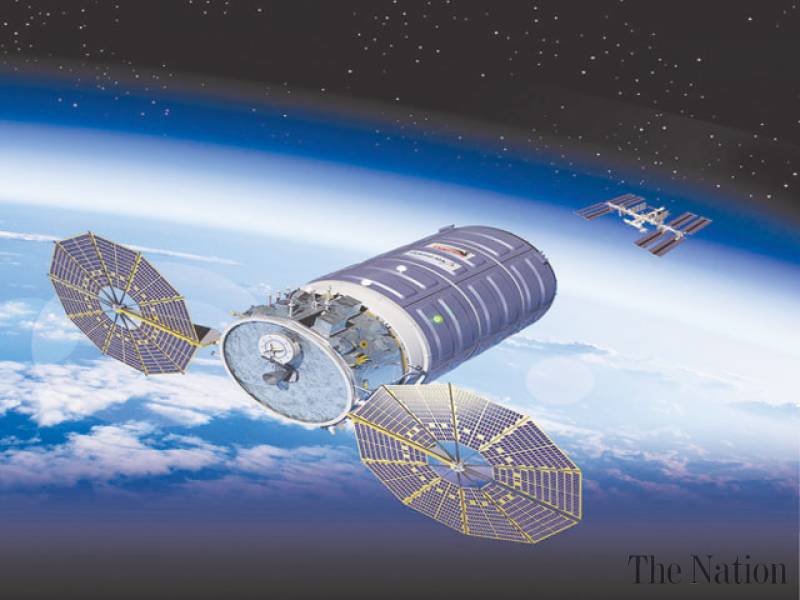-
Tips for becoming a good boxer - November 6, 2020
-
7 expert tips for making your hens night a memorable one - November 6, 2020
-
5 reasons to host your Christmas party on a cruise boat - November 6, 2020
-
What to do when you’re charged with a crime - November 6, 2020
-
Should you get one or multiple dogs? Here’s all you need to know - November 3, 2020
-
A Guide: How to Build Your Very Own Magic Mirror - February 14, 2019
-
Our Top Inspirational Baseball Stars - November 24, 2018
-
Five Tech Tools That Will Help You Turn Your Blog into a Business - November 24, 2018
-
How to Indulge on Vacation without Expanding Your Waist - November 9, 2018
-
5 Strategies for Businesses to Appeal to Today’s Increasingly Mobile-Crazed Customers - November 9, 2018
Rocket carries US supplies to International Space Station
A much awaited cargo resupply vehicle was launched into space via an Atlas V rocket from Cape Canaveral Air Force Station, Florida, Sunday afternoon where the Cygnus cargo spacecraft is heading towards the International Space Station.
Advertisement
Liftoff came after three straight days of foul weather conditions, which snapped a string of 26 consecutive Atlas missions to launch on the first attempt after being fueled.
The Atlas rose from its launch pad at Cape Canaveral Air Force Station at 4:44 p.m. ET (1:44 p.m. PT), sending Orbital ATK’s uncrewed Cygnus crew capsule into orbit.
The spacecraft ought to arrive on the space station on Wednesday. On its way down, the Cygnus and its trash will burn up. Launch failures have sidelined both of NASA’s commercial suppliers; United Launch Alliance’s trusty Atlas V was called into service to get the supply chain moving again.
This mission marks the return to flight for Cygnus after the explosion of an Antares rocket in 2014 destroyed another Cygnus that was expected to bring cargo to the Space Station.
It was the fourth launch attempt for the unmanned Atlas rocket, loaded with food, experiments and Christmas presents for the astronauts at the International Space Station.
That drought has strained supplies of food, toiletries and spare parts on the space station, adding to the importance of Sunday’s launch and others to follow.
The Cygnus spacecraft has successfully delivered cargo to the ISS on 3 previous missions, but could only carry a maximum cargo of 5,000 lbs each.
Orbital ATK has contracted a second Cygnus to fly on an Atlas in March 2016 on the OA-6 mission. Apart from the Antares Cygnus launch past year, a Russian Progress ship failed to communicate with its mothership and has fallen back to Earth, burning up in the atmosphere. Normally used for hefty satellite launches, it is the mighty successor to the Atlas used to put John Glenn into orbit in 1962. Orbital ATK’s engineering team confirmed that reliable communications has been established and that the vehicle’s solar arrays are fully deployed, providing the necessary electrical power to operate the spacecraft.
Atlas rockets are slated to send Boeing’s CRS-100 Starliner space taxi to the space station with astronauts aboard, starting as early as 2017.
Cygnus is a low-risk design incorporating elements drawn from Orbital ATK and its partners’ existing, flight-proven spacecraft technologies.
NASA has stressed station personnel were not suffering because of the supply interruptions.
2015 has been a hard year for the mission.
NASA hired out station supply and crew missions to industry, for billions of dollars, as its 30-year shuttle program wound down.
Advertisement
The Cygnus launched Sunday is named after Mercury 7 astronaut Deke Slayton, a pioneer in commercial spaceflight before his death in 1993.




























